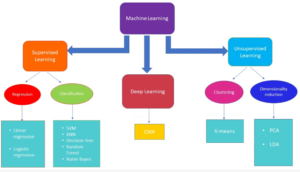Summary
The study aimed to verify the reliability of an ultrasound-based real-time tracking system for renal stones using a simulated animal test. Thirteen prerecorded ultrasound stone trajectories were employed to test this system. The real-time tracking system was implemented on the Litemed 9200 electrohydraulic lithotriptor. An artificial stone, along with tap water, was sealed in a balloon and inserted into the pelvis of a pig kidney.
The kidney was affixed to a simulator and moved in a specially designed simulated animal model tank filled with tap water. Ultrasound was used to localize the stone, and the kidney was moved according to prerecorded stone trajectories. A total of 3,000 shock waves were delivered to the stone under both non-tracking and tracking conditions for each recorded stone trajectory. The study evaluated the performance of the shock wave lithotriptor by assessing the fragment-to-weight ratio, which indicates how effectively the lithotriptor breaks down a stone.
The results showed that the mean fragment-to-weight ratio was 55.3% ± 25.9% in the non-tracking group and 100% ± 0% in the tracking group. The difference between these two groups was statistically significant, with the tracking system significantly improving the lithotriptor’s performance in breaking down stones in a simulated animal test. In conclusion, the ultrasound-based real-time tracking system demonstrated its effectiveness in significantly improving the performance of a shock wave lithotriptor when fragmenting stones, suggesting that this tracking system has the potential to reduce the number of shocks and the time required for treating renal stones.











